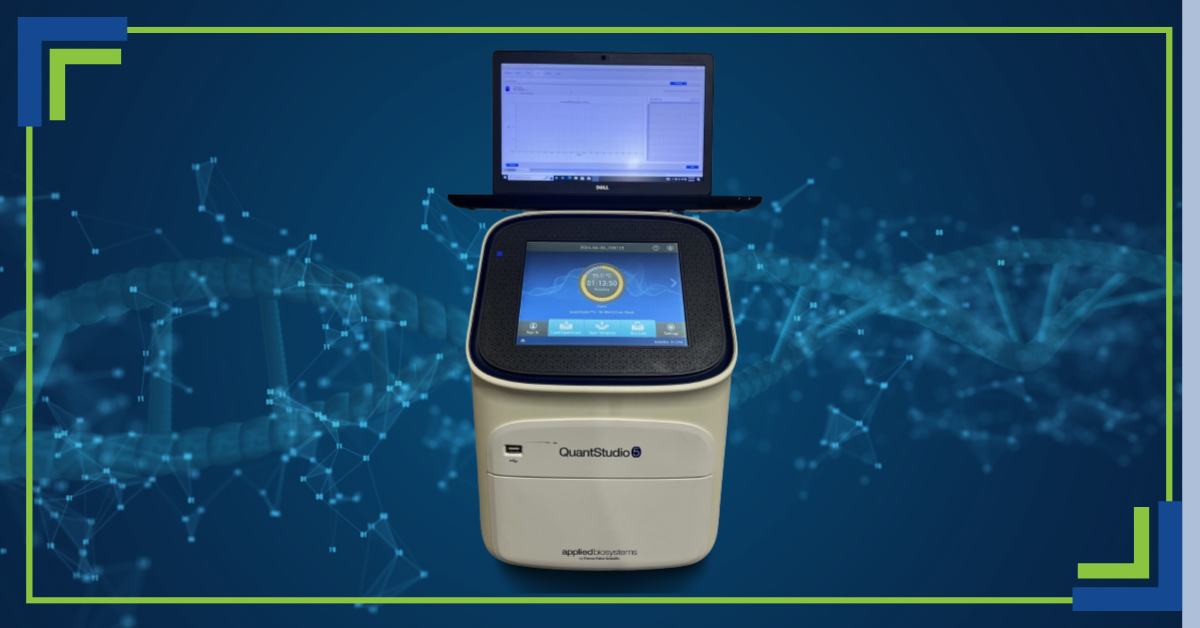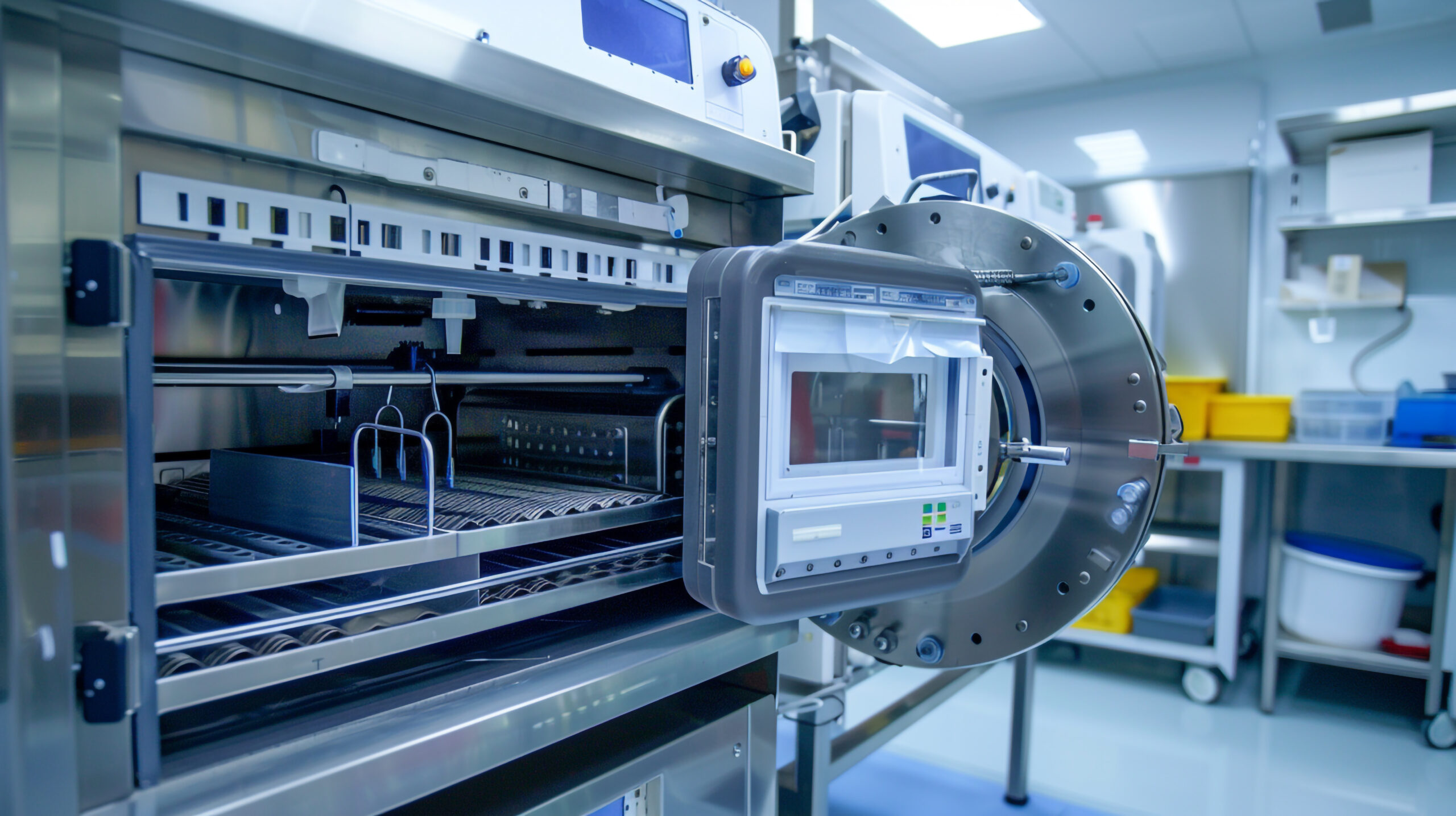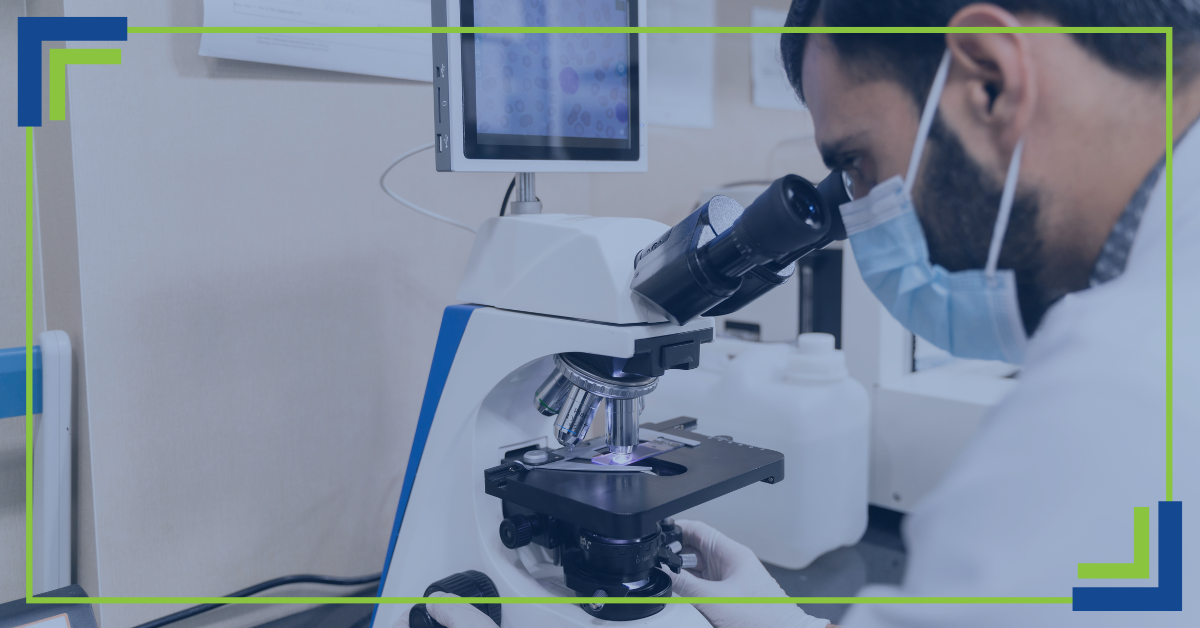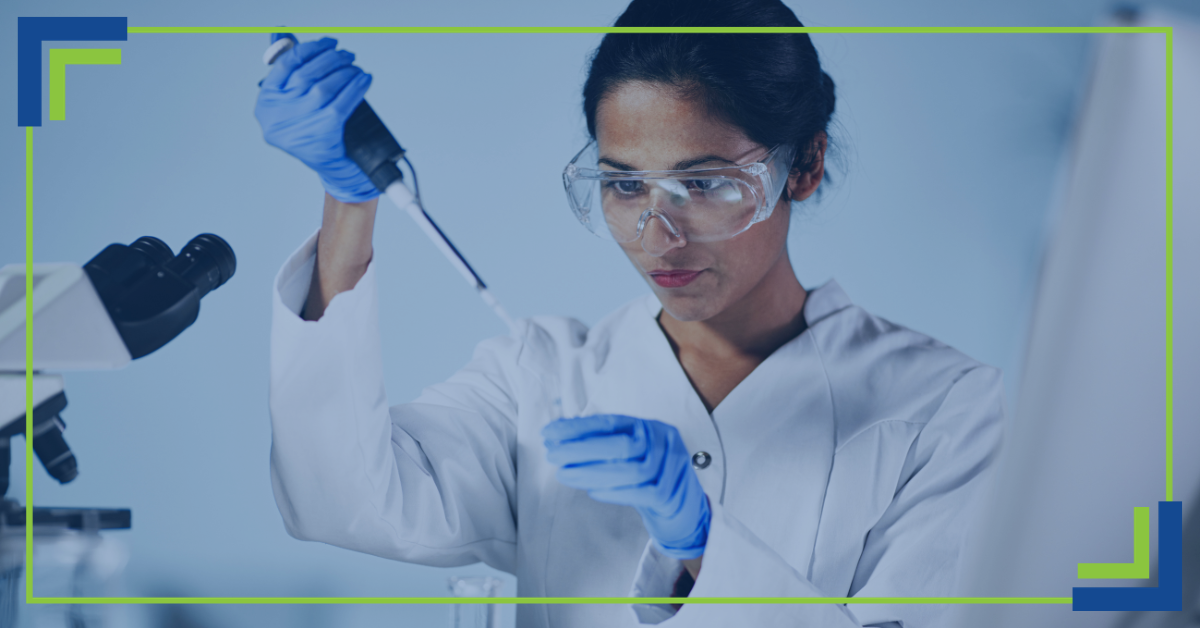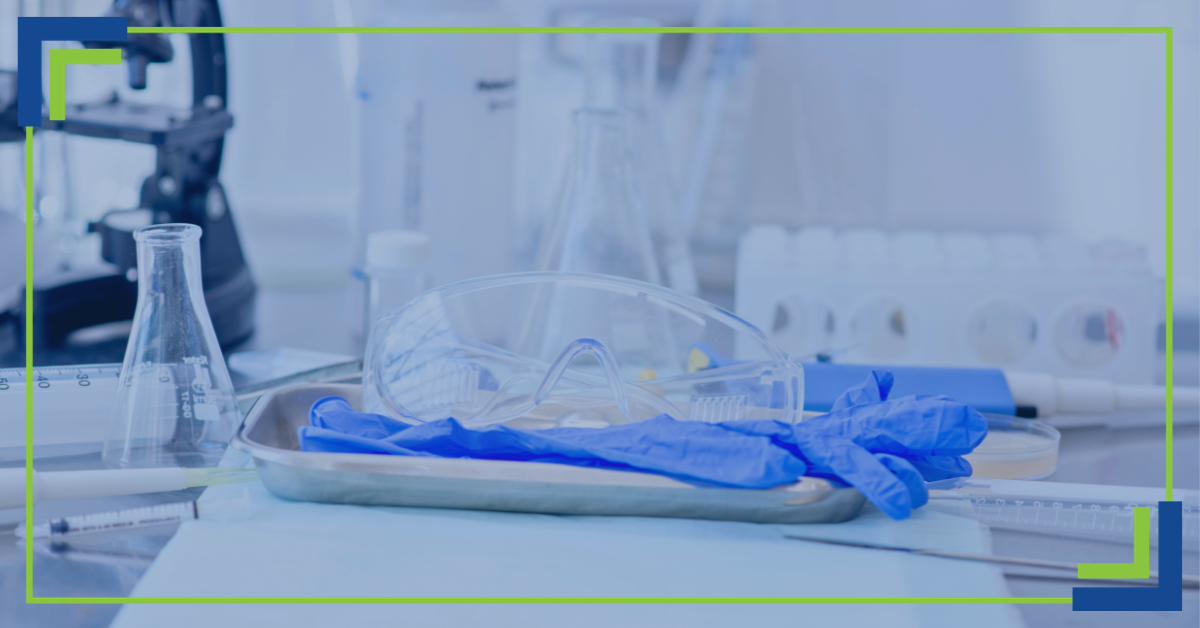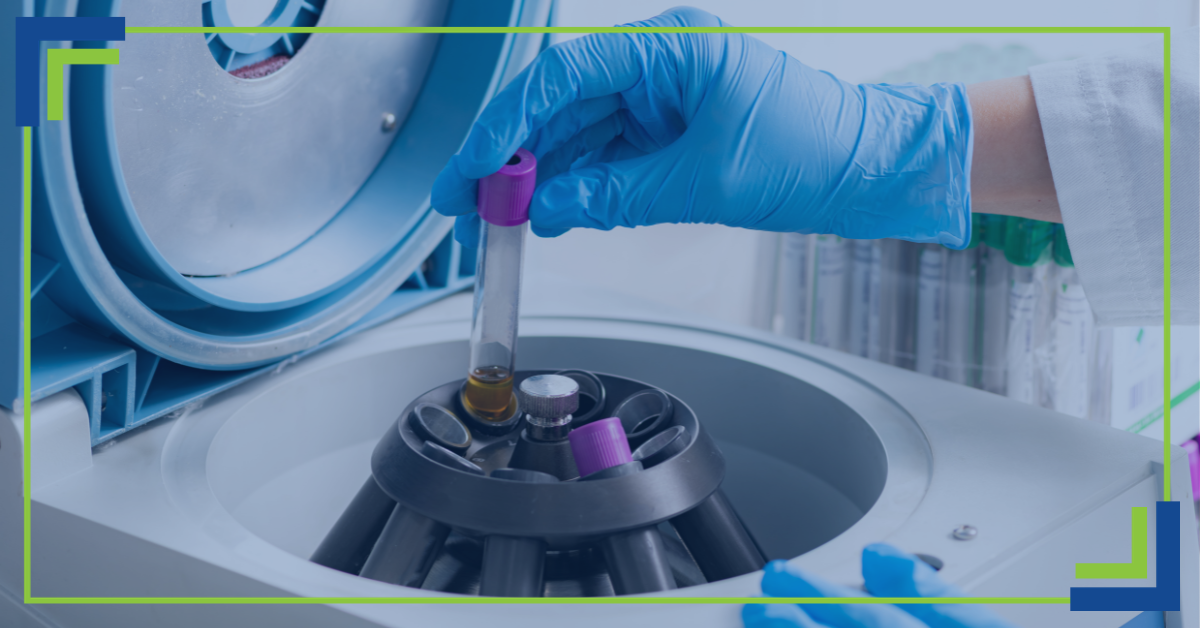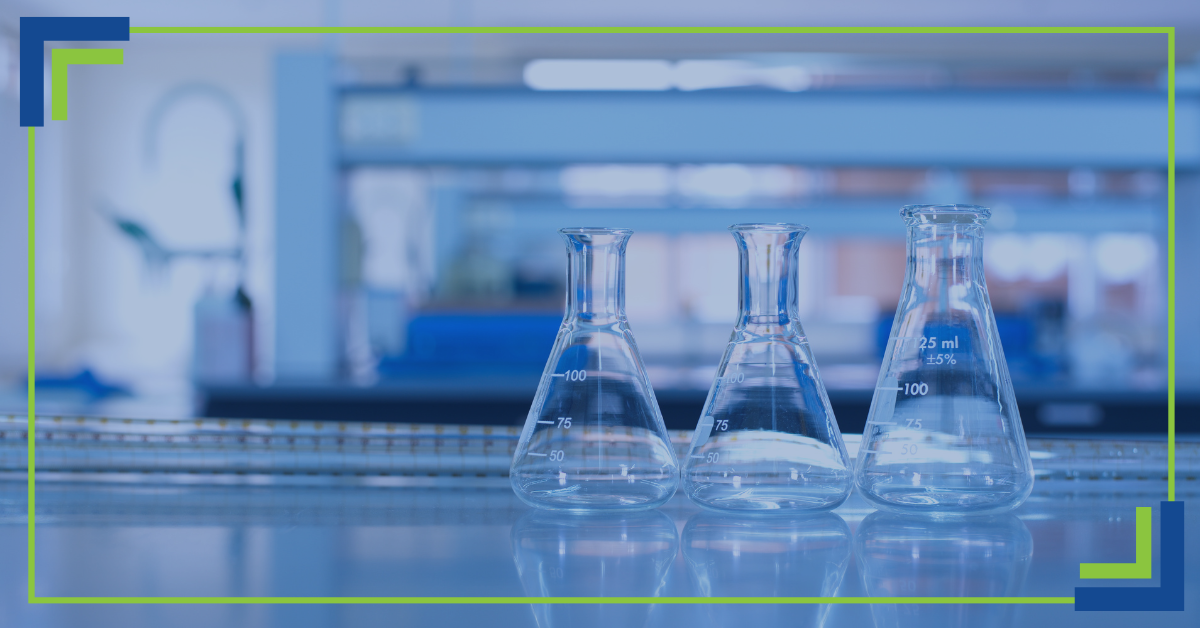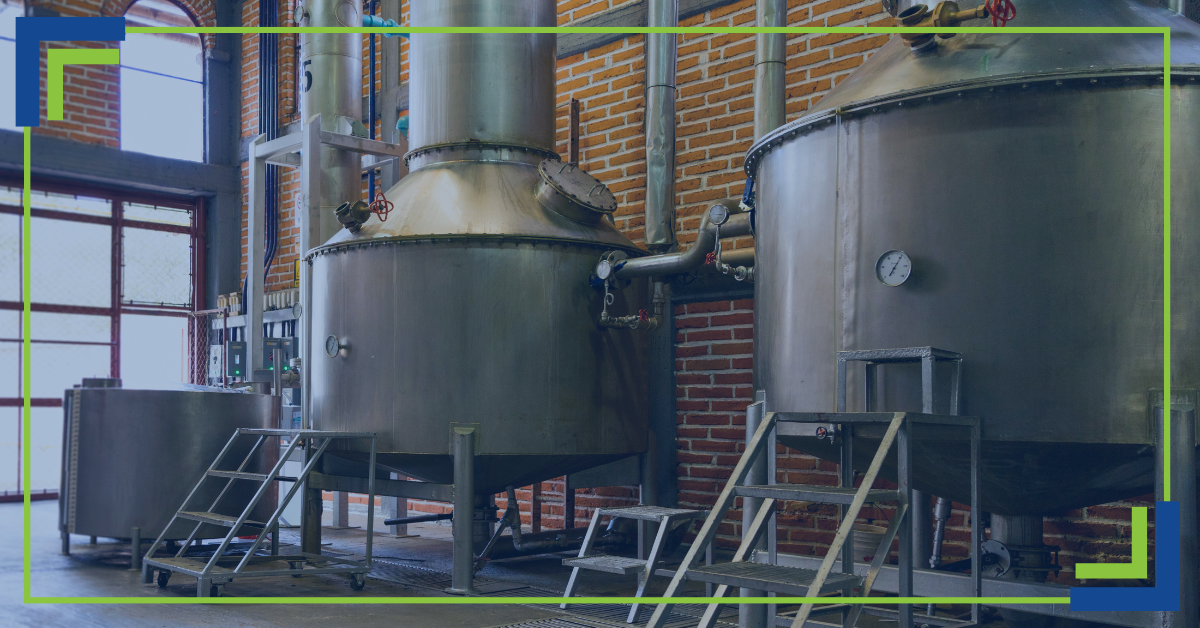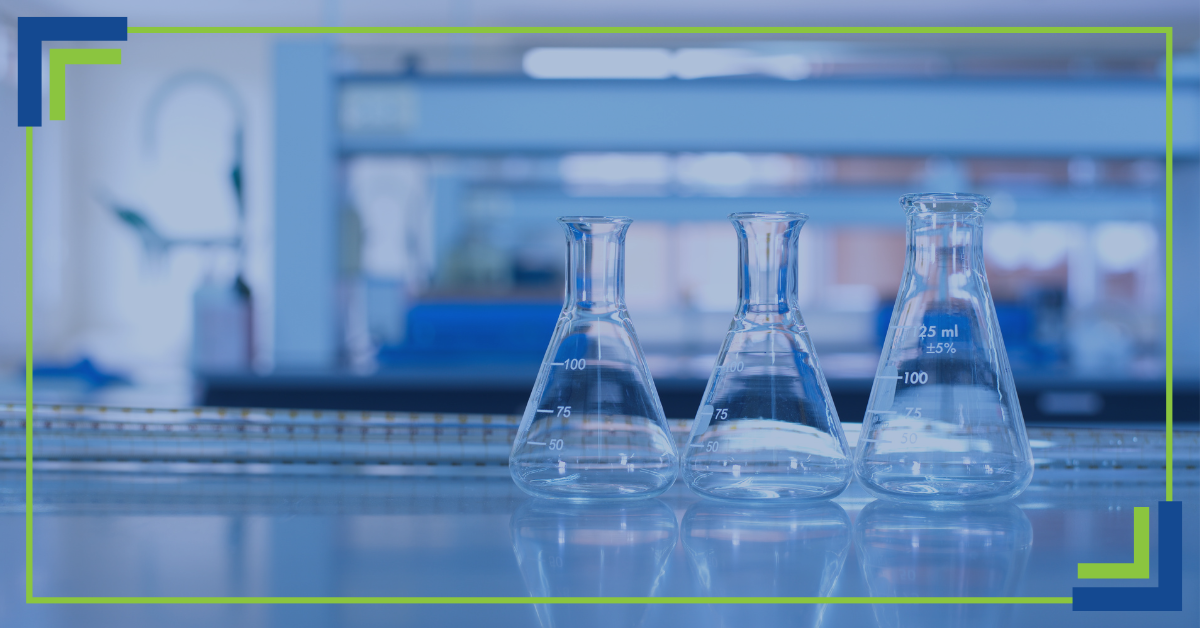
Scientific work can’t thrive without the proper equipment. It directly impacts work quality and efficiency, as well as safety. With the right tools, you can achieve optimal research outcomes, streamline your workflows, and maintain safety for all lab personnel. With that in mind, let’s go over what to consider when crafting your laboratory equipment list.
Key Considerations for Choosing Common Lab Equipment
No matter what you’re buying or who you’re buying from, making a purchase without a plan is likely to come back and bite you. With that said, let’s go over a few things to consider before buying.
Understanding Your Needs
To start, take stock of the needs of your lab. What type of research do you conduct? What samples do you work with, and what volume do you handle on a daily basis? Different fields and samples may require special equipment, so assessing those needs is crucial to making smart purchases.
Additionally, you have to keep available lab space in mind. While it would be great to fit all the best equipment into your lab, sometimes square footage limits what you can bring in. The supplies you choose should fit comfortably in your space, while still allowing you room to move around and conduct research. Measure the available space within your lab and keep it top of mind so you can optimize while shopping (we can help with that).
Evaluating Performance and Features
Capacity, throughput, and precision are all important factors in determining how effective a piece of equipment will be. After all, if it can’t handle your workload, it’s not worth purchasing. Analyze these performance points thoroughly to ensure they meet your standards.
But those things aren’t all you should keep in mind. Any workplace is destined to fail if safety isn’t a priority, and that’s especially true of a laboratory where you’ll be experimenting, testing, and analyzing. No item on your laboratory equipment list should have a poor safety rating. Make sure it complies with regulations and standards.
Budget and Long-Term Value
Before clicking “purchase” on your laboratory equipment list items, ask yourself: “Will this benefit me in the long-run?” If the answer is “no,” you should look for something better suited to your needs. The up-front cost of most pieces of equipment is an investment, so having confidence that it will pay itself off is crucial to your lab’s success.
It isn’t just the initial fee that you should factor in, though. Even the best equipment will require maintenance from time to time, and maintenance means money. Opting for a tool that is reliable and requires minimal maintenance is key to its longevity and that of your funds. Another thing that could keep your costs low is energy usage. If a microscope you’ve had your eye on requires a small power plant to run, you should probably look elsewhere.
Future-Proofing Your Lab
Making sure your equipment lasts is an important consideration, but it’s about more than that. Will it remain useful if your lab expands and your operations grow? Where does it fit in if you implement all new research methods? The scalability and upgradability of the things you use day to day and year to year are a crucial aspect of any growing lab, so craft your lab equipment list with that in mind.
Best Practices for Selecting and Using Lab Equipment
Not all equipment is created equally. If it were, we wouldn’t have nearly as many options (because what would be the point?). That’s why you should do proper research when crafting your laboratory equipment list.
Research and Comparison
Read reviews and compare features across different brands and models. These, along with any peer recommendations you can solicit, will give you great insights on the real-world performance and reliability of the equipment you’re considering. If you have any questions on choosing the best option for you, we’re always happy to help you out!
Engaging with Suppliers
If you get your information straight from the experts who want you to succeed, you’re more likely to get accurate information on your potential purchases. Engage directly with the suppliers for detailed specifications and features, and request a demo so you can see the tools in action.
What’s even more valuable than a company who makes a good product is one that offers quality post-purchase support as well. When you have competent people helping you troubleshoot, the road to a resolution will be a short one.
Maintenance and Calibration
As we discussed before, routine maintenance and calibration are crucial for keeping everything in great condition. Setting a consistent schedule rather than waiting until you experience a breakdown will save you loads of trouble throughout the lifetime of your equipment.
That said, the less troubleshooting you have to do, the better. Proper cleaning and upkeep can go a long way towards ensuring optimal performance of any item on your laboratory equipment list. Just be sure to follow the manufacturer’s guidelines so you don’t accidentally cause damage.
Safety and Efficiency Tips
Have we mentioned that safety is important? Well, we’re going to harp on it again, because it should be mandatory in any lab. When it comes to your equipment, establishing solid lab safety rules for both operation and maintenance means your lab personnel are protected.
As for actually using the equipment, a well-trained staff could increase productivity and efficiency tenfold. Make sure they’re all on the same page in terms of best practices, cleaning, and of course, safety.
Conclusion
Building an ideal laboratory equipment list is no small feat, but it’s worth it. By analyzing your needs, doing proper research, setting a maintenance schedule, and establishing lab safety rules, you can make great purchases and get the most out of them for years to come.
If you’re wondering where you can find the largest selection of laboratory equipment from all the big brands, look no further than BaneBio. They call us the Scientific Supermarket for good reason. We even have an Ebay store, if you want to see our full stock. So reach out and let’s get your laboratory properly outfitted!

